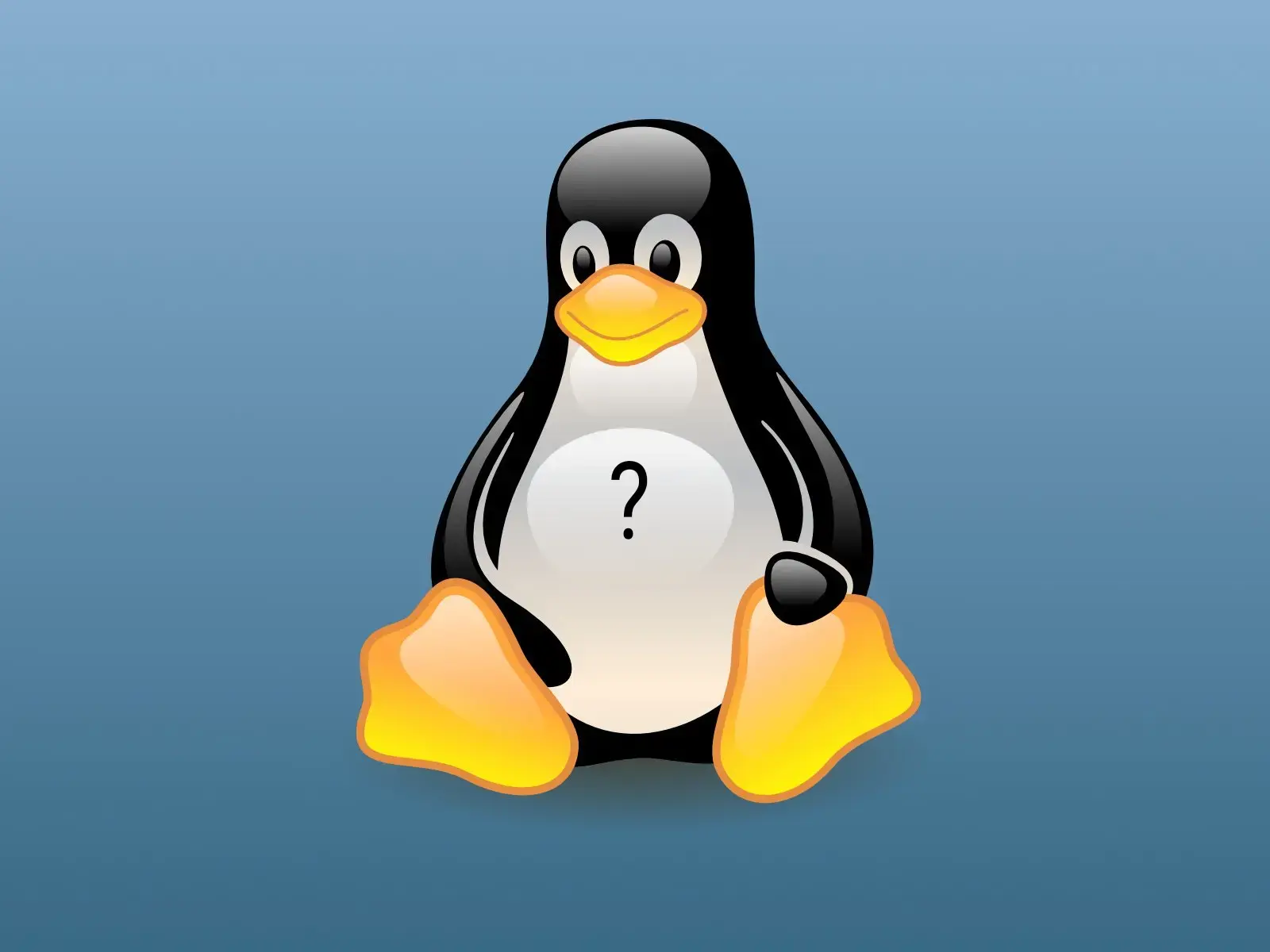

The standard Linux command for encryption is gpg. And in this case, because you want to encrypt with password, it’s gpg -c, more specifically.
That can only encrypt one file, though. So, what you do is turn it into a package (like .zip on Windows)
This is done with tar -cvzf.
So: tar -cvzf trumpisafascist.tar.gz name_of_folder_to_encrypt, then gpg -c trumpisafascist.tar.gz
And, Linux enables you to pack everything on one line:
tar -cvzf - foldernamehere | gpg -c > trumpisafascist.tar.gz.gpg
Of course, even easier is to make these two text files:
Save this in a text file as encrypt.sh:
#!/bin/sh
tar -cvzf - unencryptedfolder | gpg -c > trumpisafascist.tar.gz.gpg && rm -rf unencryptedfolder
Save this in a textfile as unencrypt.sh:
#!/bin/sh
gpg -d trumpisafascist.tar.gz.gpg | tar -xvzf - && rm trumpisafascist.tar.gz.gpg
&& means “do the following only if the previous command was executed successfully”.
Then say mkdir unencryptedfolder (to create a folder with that name; if you want to use a different name for your folder, update that same name in the two files!) chmod +x encrypt.sh and chmod +x unencrypt.sh (to make those files executable by double-clicking them). These things can also be done by pointing and clicking on most Linux distributions. Right click the encrypt.sh file, choose Properties, and give “Others” the right to execute the file. Should work usually, but of course the text commands will.work always.
Now everything you have in the folder unencryptedfolder gets encrypted and the folder deleted when you double-click encrypt.sh, and if you double-click unencrypt.sh, then the file is unencrypted and extracted, after which the encrypted file is deleted. If double-clicking doesn’t work, you can also navigate to the usb drive on command line and say ./encrypt.sh and ./unencrypt.sh.
This uses gnupg to encrypt the file, tar to make a package and gzip to compress that package. You should be able to find a windows program for unencrypting gnupg files, and I think windows can probably readily extract a gzipped tar file? If not, then this needs to be altered to use .zip instead. Probably works by using zip and unzip instead of tar -cvzf and tar -xvzf, but I am not sure and don’t have a computer around for trying.
Also, always remember to fight fascism!


I usually like being notified of messages in certain chats. But even with that I’d like to be able to choose which chats are allowed to disturb me no matter what and which ones should make noise but not that damn much!